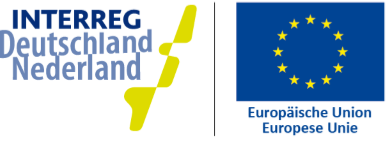Hyperspectral cameras are very powerful sensors already widely used on satellites such as NASA EO-1 with its hyperspectral instrument Hyperion.
The characteristics of this sensor are multiple; every pixel of every image taken contains the continuous radiance spectrum over a certain range of wavelengths, which means different values define the single pixel, achieving huge amount of data contained in such images, being at the same time a peak and a problem for the storage.
Figure 1 shows the size of a single image, based on the area given by the pixels, and the “depth” given by the spectrum, with resulting “hyperspectral cube” that is the whole data composing an image.

Figure 1: hyperspectral cube [Christian W. Huck (2012). Novel Analytical Tools for Quality Control in Food Science, Latest Research into Quality Control, Dr. Isin Akyar (Ed.), InTech, DOI: 10.5772/51915. Available here. ]
In precision agriculture the use of hyperspectral cameras permits to achieve a non-invasive analysis of the health of plants and crops without the need to take a sample or alter the field with heavy machines impact. At SPECTORS two different applications are subject of research and testing: airborne (mounted on UAV) and remote stationary devices, to be described in following posts. Different activities involve such applications: precision agriculture is clearly of high interest, e.g. vegetation mapping which is possible due to very unique electromagnetic spectrum given by different plants or object recognition which includes the development of algorithms to fully exploit the potential of the high quality of hyperspectral images.

